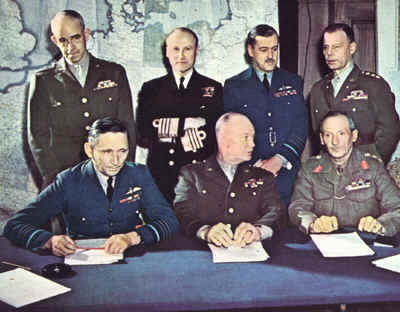Admiral Sir Bertram Ramsay spearheaded the evacuation of Dunkirk in 1940 – one of the most successful evacuations of World War Two. Bertram Ramsay was born in 1883 and went to sea at the age of 16 as a midshipman. For two years he served on the ‘Dreadnought’ – a ship that was to change warship designs in the future. Ramsey qualified as a signals officer and then attended the newly set-up Naval War College.
|
|
In World War One, Ramsey served in the Grand Fleet and the Dover Patrol. Between the wars, he lectured at the Imperial Defence College. In 1935, Ramsay was promoted to Rear-Admiral and he became Chief-of-Staff to the Commander-in-Chief of the Home Fleet, Admiral Sir Roger Backhouse. Both men clashed over who had responsibilities for what, and in 1938, Ramsay resigned and was put onto the retired list.
In 1939, he was re-called to take over the Dover command. With the collapse of the British and French armies in 1940 under the onslaught of Blitzkrieg, Ramsay was put in charge of ‘Operation Dynamo’ – the evacuation of British and French troops from the beaches of Dunkirk. Based in Dover, Ramsay oversaw a successful plan that brought back to Britain more than 300,000 men.
After ‘Dynamo’, Ramsay studied the problems of an invasion of occupied France. When it was clear that this was some time off in the future, Ramsay assisted in the planning for the invasion of Sicily.
In 1944, he was put in charge of the Allied Naval Expeditionary Force for the invasion of France. As a result he played a major part in the planning for D-Day.
Ramsay’s last operation was the Allied attack on Walcheren, which allowed the port of Antwerp to be used by the Allies.
On January 2nd, 1945, Ramsay was killed in a plane crash on the way to attending a conference in Brussels.
